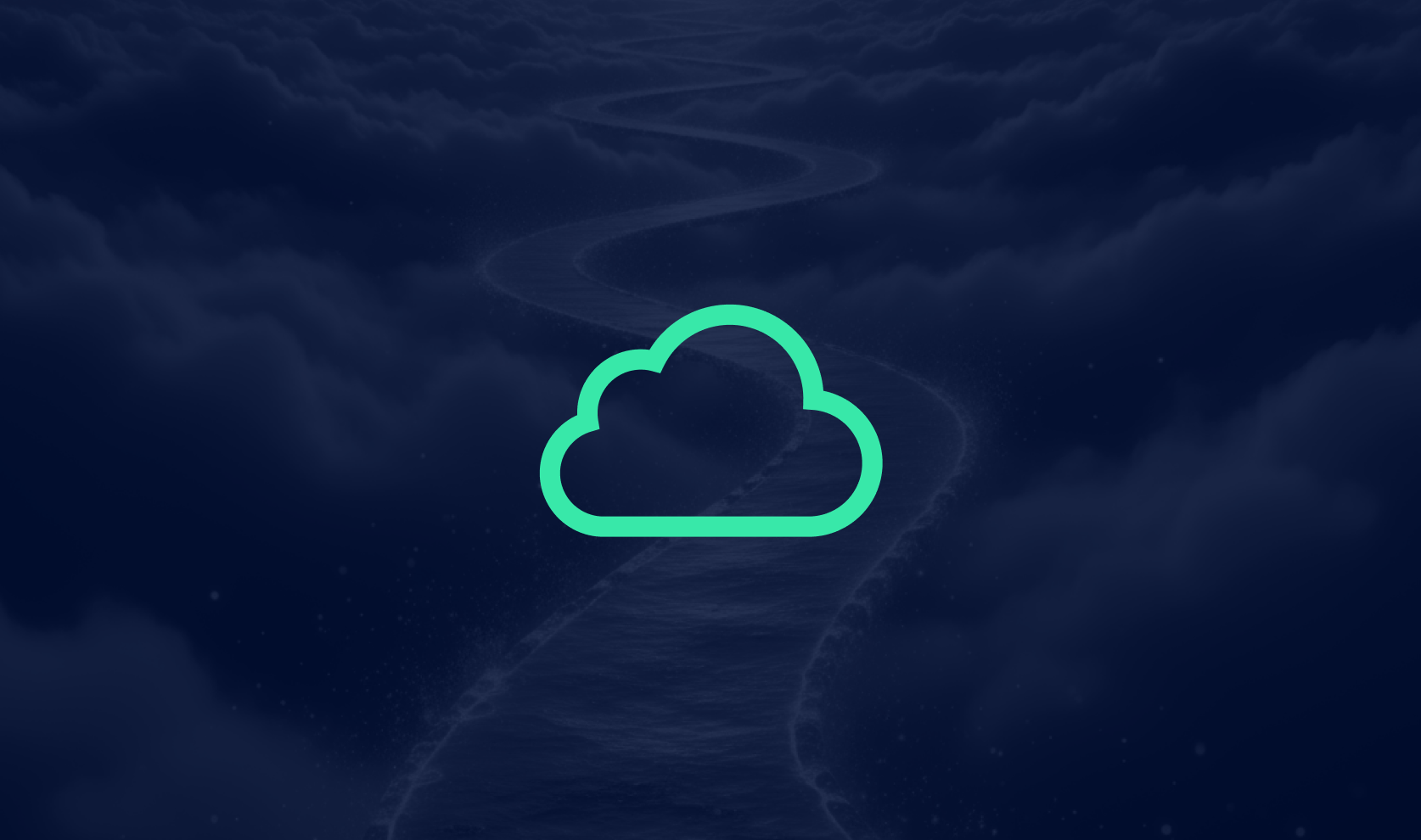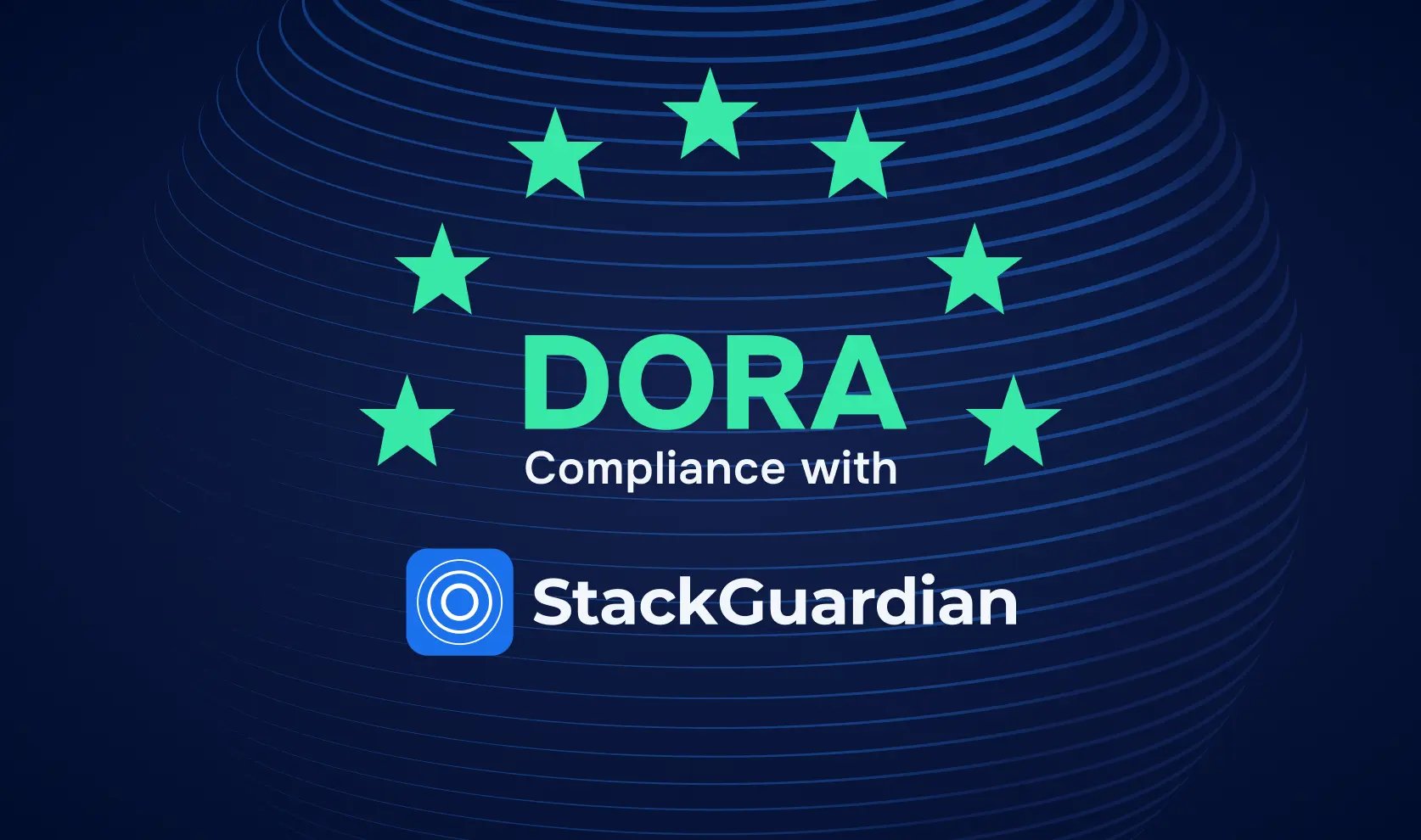StackGuardian vs. Backstage
Modern Platform Engineering: When to Build, When to Buy Your IDP — Beyond the Hype of Backstage.io



Introduction
Modern engineering organizations are under immense pressure to streamline developer workflows, minimize compliance risks, and accelerate cloud adoption—all while delivering a stellar developer experience. Internal Developer Platforms (IDPs) have emerged as a solution, promising to standardize toolchains, automate infrastructure, and balance autonomy with governance.
Yet, the decision to build a custom platform like Backstage.io or buy a turnkey solution like StackGuardian is far from straightforward, with each path offering distinct tradeoffs.
Why Developer Experience Demands an IDP
Developer inefficiency is a costly problem: 69% of developers lose over eight hours weekly to infrastructure bottlenecks, costing enterprises millions in lost productivity (according to the Atlassian 2024 DX report). IDPs address this by:
- Standardizing toolchains and automating workflows
- Providing guardrails to balance autonomy and compliance
- Delivering economic scale—platforms serving 50+ teams can achieve up to 156% ROI through standardization
Key drivers for IDP adoption include:
- Wasted engineering capacity (20-40% of developer time spent on maintenance)
- High compliance risks (83% of security incidents traced to misconfigured cloud resources)
- The need for scalable governance
The Build Path: Backstage.ioʼs Promise and Pitfalls
Backstage.io, an open-source framework from Spotify, is designed for organizations with unique workflows and deep integration needs. Its plugin architecture supports over 1,200 integrations, enabling teams to build custom workflows—such as a media companyʼs 30+ plugins for video encoding pipelines.
Advantages
- Complete Architectural Control: Full ownership over data models and UI components.
- Community-Driven Innovation: 1,200+ plugins for niche integrations.
- Spotify-Proven Scalability: Handles 10,000+ microservices at enterprise scale.
However, Backstageʼs technical limitations create substantial operational burdens:
1. Hidden Maintenance Costs
Platform teams report spending 3-5 FTEs maintaining Backstage instances, with 30% of engineering time dedicated to backporting security fixes across custom plugins. The total 3- year cost for 300 developers often exceeds $3M when accounting for staffing and infrastructure.
2. Adoption Roadblocks
- Limited day-2 operations: No native support for cost optimization, RBAC, or compliance audits—static catalogs can quickly become outdated.
- Real-time data gaps: Static catalog entries become outdated, eroding developer trust.
- High Engineering Overhead: Successful implementation demands 4-7 dedicated FTE engineers for initial build and 2-4 for ongoing maintenance, with mandatory Node.js/React expertise.
- Slow Time-to-Value: Initial rollout takes 6-12 months (or up to 18 months for cross-cloud visibility), with a steep learning curve due to complex Yarn and TypeScript configurations.
The initial setup is often described as a mess of Yarn versions and complex TypeScript configurations, while enterprises like American Airlines needed 18 months to implement cross- cloud visibility.
Backstage Reality Check
The Buy Path: StackGuardianʼs Turnkey Advantage
StackGuardian offers an IaC management and Self-Service platform that delivers rapid developer enablement and compliance out-of-the-box, making it attractive for organizations with limited platform engineering capacity or urgent compliance needs.
Advantages
- Rapid Deployment: Self-service infrastructure environments can be up and running in 2-3 weeks when reusable Terraform or CloudFormation modules are available, minimizing setup delays.
- No-Code and GitOps Provisioning: Developers and platform teams can provision, update, and decommission cloud resources using either a no-code interface or GitOps workflows.
- This empowers users of all skill levels to move quickly, reducing ticket backlogs and bottlenecks.
- Role-Based Access Control (RBAC): Granular permissions and SSO integration ensure secure, enterprise-ready access management.
- Low Maintenance: Requires only 0.5 FTE for ongoing operations; automatic version updates and managed UI.
- Policy Enforcement: Every self-service action is governed by centrally managed policies, enforcing security, tagging, cost controls, and compliance by default.
- Continuous Compliance: Automated monitoring and drift detection keep cloud resources aligned with security and compliance standards at all times.
Tradeoffs
- Less Customization Depth: While StackGuardian covers 80% of typical needs, it may not support highly unique workflows without custom development.
- Limited Plugin Ecosystem: Compared to open-source frameworks like Backstage, StackGuardian may offer fewer opportunities for community-driven plugin development and niche tool integrations.
- Process Adaptation Required: StackGuardian increases deployment traceability, enabling teams to be held accountable for outdated or critical technology stacks. However, to fully leverage this traceability and accountability, organizations must adapt their internal processes to align with the platformʼs visibility and governance features
Deployment Timeline Comparison
Strategic Decision Framework: Build vs. Buy
Build with Backstage.io if:
- You have 5+ senior engineers (with React/Node.js skills) available for platform development.
- At least 40% of required integrations lack commercial equivalents. Custom entity modeling is non-negotiable (e.g., media encoding pipelines). Your required ROI horizon exceeds 24 months.

Buy with StackGuardian if:
- Developer productivity gaps cost more than $500K annually.
- Compliance incidents occurred in the past 12 months and you work in highly regulated environments.
- Platform team bandwidth is less than 50% dedicated.

Balanced Perspective
While Backstage suits engineering giants like Spotify, its open-source model creates unsustainable burdens for most organizations. StackGuardian delivers 80% of needed functionality out-of-the-box, with hybrid architectures (Backstage plugins + StackGuardian core) emerging as a cost-effective middle ground.
For teams seeking to accelerate cloud adoption without sacrificing governance, StackGuardianʼs automated policy engine and marketplace templates provide a faster path to ROI. Backstage remains viable for organizations with ample engineering resources and multi-year platform roadmaps—but in todayʼs competitive landscape, buying often beats building.



















